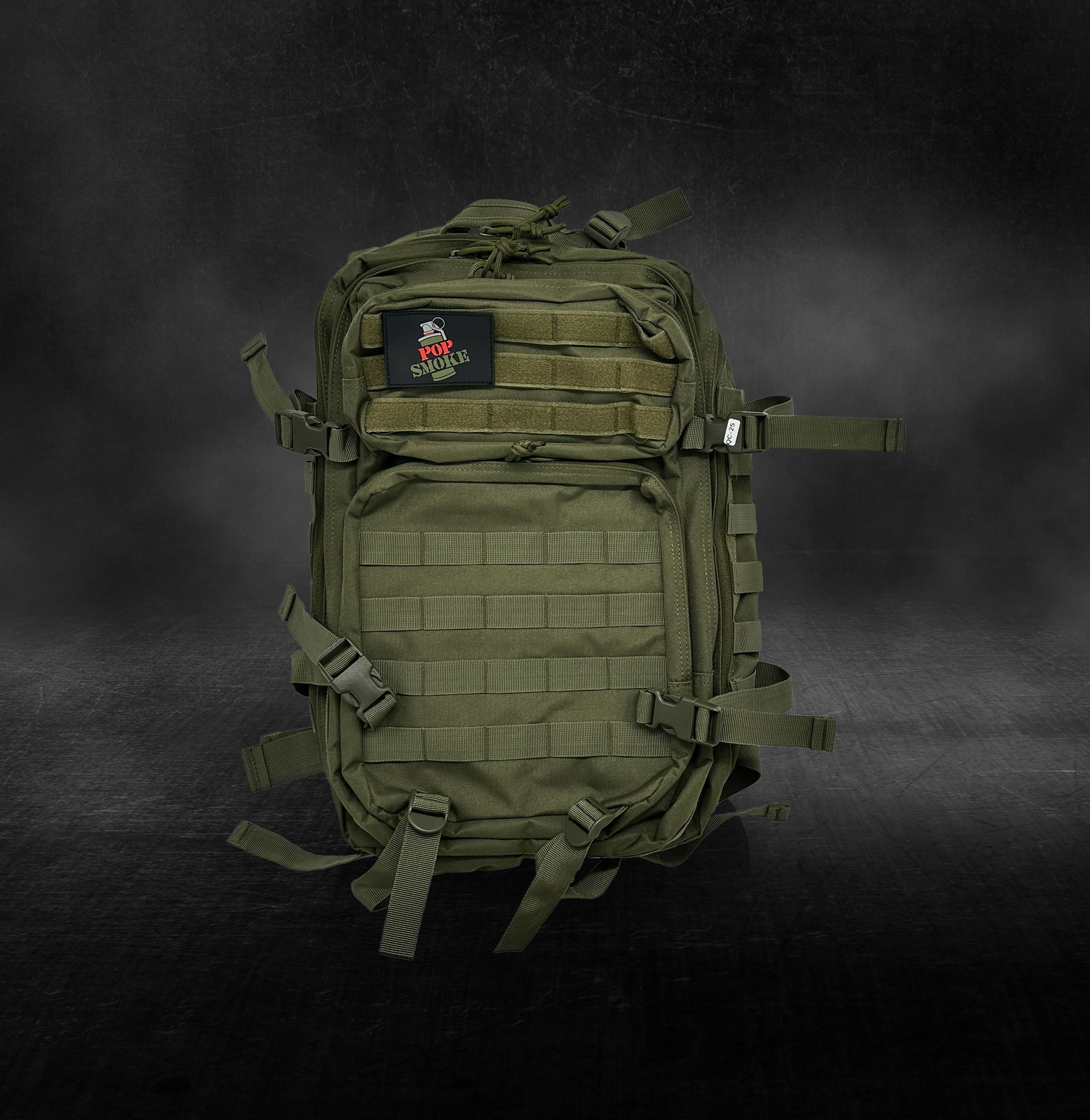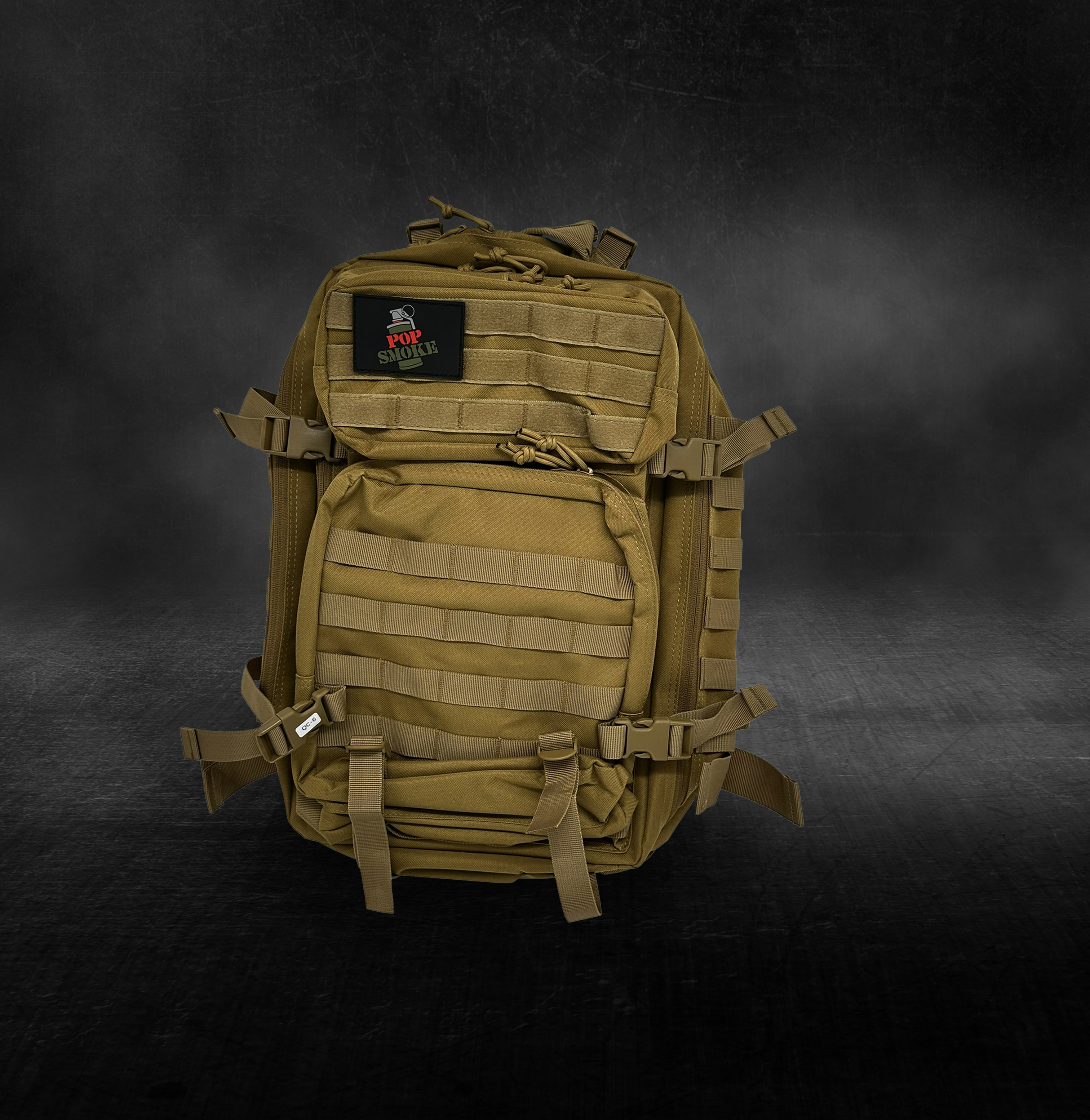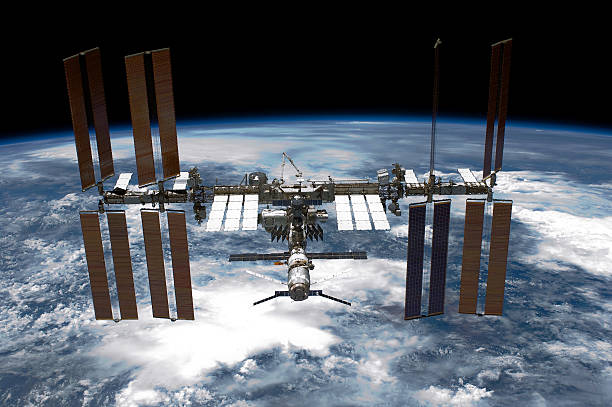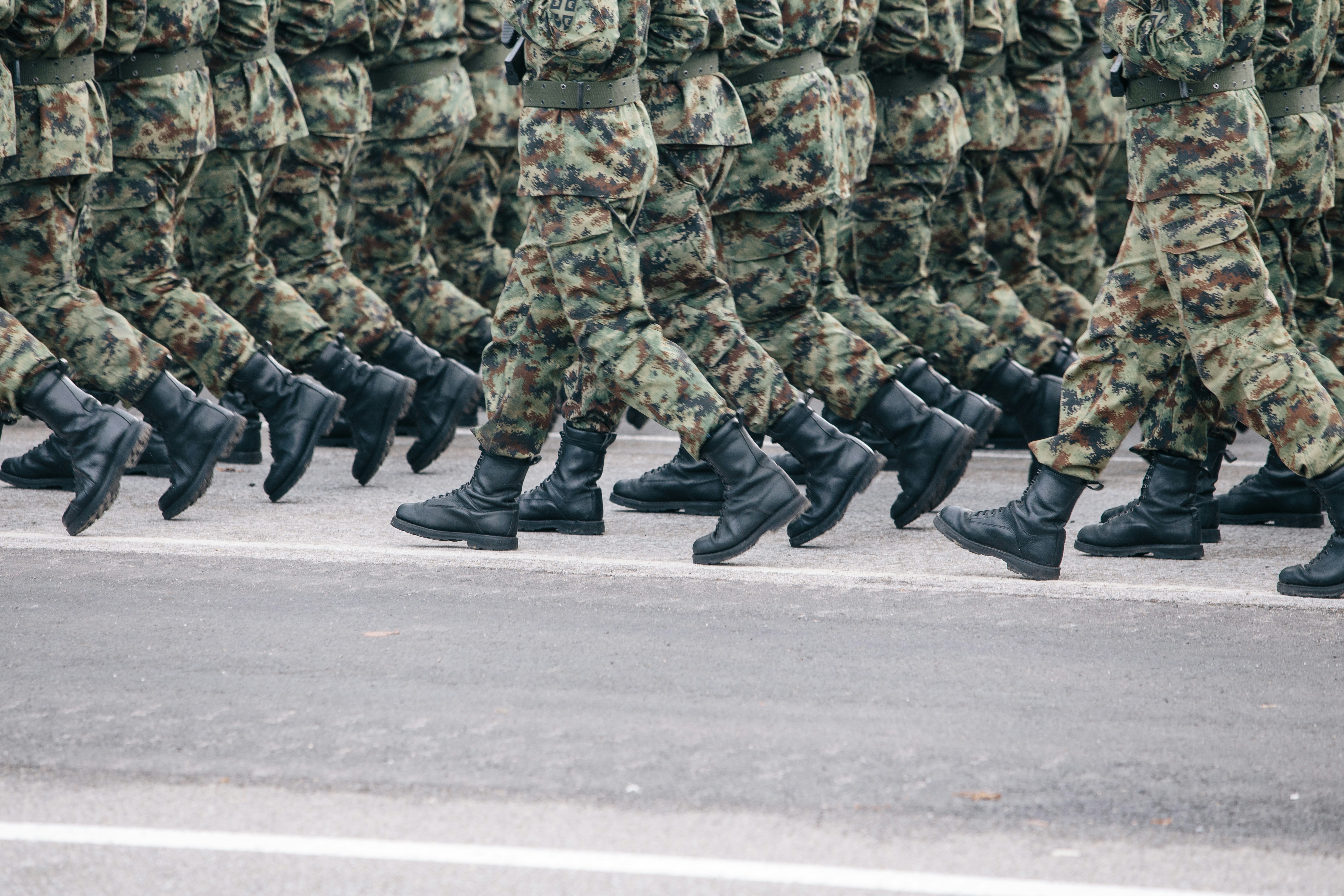Global military spending reaches all-time high of $2.24 trillion in 2022
The Stockholm International Peace Research Institute (SIPRI), an independent Swedish think tank, has revealed that global military spending reached an all-time high of $2.24 trillion in 2022, marking the eighth consecutive year of growth. This represents an increase of 3.7 percent in real terms from the previous year, with the largest spike coming from Europe, which saw a 13 percent year-on-year increase, its steepest rise in at least 30 years.

The Stockholm International Peace Research Institute (SIPRI), an independent Swedish think tank, has revealed that global military spending reached an all-time high of $2.24 trillion in 2022, marking the eighth consecutive year of growth. This represents an increase of 3.7 percent in real terms from the previous year, with the largest spike coming from Europe, which saw a 13 percent year-on-year increase, its steepest rise in at least 30 years.
The significant increase in military spending by European countries can mainly be attributed to the higher expenses incurred by Russia and Ukraine due to the ongoing conflict in the area. The report indicated that the provision of military aid to Ukraine and apprehensions regarding the escalated threat from Russia had a significant impact on the spending decisions of other states.

The United States, China, and Russia were identified as the three largest arms spenders, accounting for 56 percent of global expenditure. Russia increased its military spending by an estimated 9.2 percent in 2022, to around $86.4 billion. This represents 4.1 percent of Russia’s gross domestic product in 2022, up from 3.7 percent the previous year.
Total global military expenditure increased by 3.7% in real terms in 2022, to reach a new high of $2240 billion. The three largest spenders in 2022—the USA🇺🇸, China🇨🇳 and Russia🇷🇺—accounted for 56% of the world total➡️https://t.co/GRbPi3w6kr
Fact Sheet➡️https://t.co/qBe5MZu9fi pic.twitter.com/Rz6rEyk6lA
In response to the heightened threat from Russia, several European countries significantly increased their military spending. Finland, Lithuania, Sweden, and Poland saw some of the sharpest increases, with Finland increasing its spending by 36 percent, Lithuania by 27 percent, Sweden by 12 percent, and Poland by 11 percent.
In May 2022, Sweden and Finland submitted a joint application for NATO membership, breaking away from their longstanding policy of nonalignment due to Russia’s actions in Ukraine. Finland’s application was approved, but opposition from Turkey and Hungary has prevented Sweden from being admitted to the organization.
“The rise is a sign that we are living in an increasingly insecure world,” said Nan Tian, a researcher with SIPRI’s Military Expenditure and Arms Production Program. “Many former Eastern bloc states have more than doubled their military spending since 2014, the year when Russia annexed Crimea.”
Lorenzo Scarazzato from SIPRI’s Military Expenditure and Arms Production Program, the increase in military spending decisions in 2022 was not solely influenced by the invasion of Ukraine but rather reflects long-standing concerns about Russian aggression. SIPRI, an international research institute founded in 1966, focuses on studying conflict, armaments, arms control, and disarmament. Its report provides a thorough examination of global military spending and the transfer of arms.
















Conversation